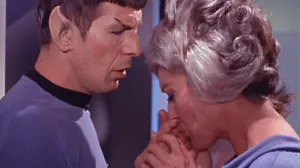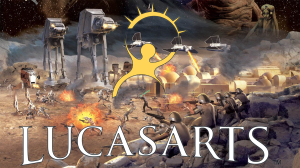When asked to give examples of the best horror movie directors, you might think of such old-school icons as John Carpenter, Wes Craven, and George A. Romero. Or maybe you name some modern masters of the macabre, like Ari Aster, Mike Flanagan, and Robert Eggers. All of these filmmakers have forged numerous terrifying works that will continue to scare audiences into sleeping with the light on for countless generations. The reason why these directors make such potent horror movies is that they focus almost exclusively on horror – they’ve dedicated most of their careers to exploring and experimenting with how the genre can be pushed in bold new directions.
Videos by ComicBook.com
However, there have been plenty of other filmmakers who established themselves in other genres, only to excel in their brief forays into horror. Here we look at some of the best horror movies from unexpected directors.
What Lies Beneath

This 2000 film stars Michelle Pfeiffer and Harrison Ford as married couple Claire and Norman Spencer, who live an idyllic life at their quaint lakeside house in Vermont. However, their already-strained relationship is worsened when Claire begins to have supernatural encounters with the spirit of a woman who had an affair with Norman and may have been murdered by him.
Delivering plenty of scares but less so on plot, this chilling horror-drama was directed by Robert Zemeckis, who is known for helming more light-hearted fare like the Back to the Future franchise, Who Framed Roger Rabbit, and Forrest Gump. The famed director does an admirable job imitating Alfred Hitchcock in What Lies Beneath, but the film was widely criticized for its cliched story, which may explain why Zemeckis hasn’t returned to the horror genre since.
The Exorcist

Widely considered to be one of the most terrifying horror films of all time, 1973’s The Exorcist tells the story of a young girl named Regan, who becomes possessed by a demonic force. Her mother has consulted with numerous doctors, but none of them are able to help the child. Desperate, Regan’s mother turns to the aid of an elderly exorcist, who recruits a younger priest with a crisis of faith.
The Exorcist may have been released more than 50 years ago, but its unflinching look at a possessed girl still holds up remarkably well today, a testament to the talents of its director, William Friedkin. Before helming The Exorcist, Friedkin was most notable for directing the gritty crime drama, The French Connection. He has occasionally dipped his toe into horror since then, with films like The Guardian and Bug, but he’s mostly stuck to crime, drama, and thriller films.
A Quiet Place I & II
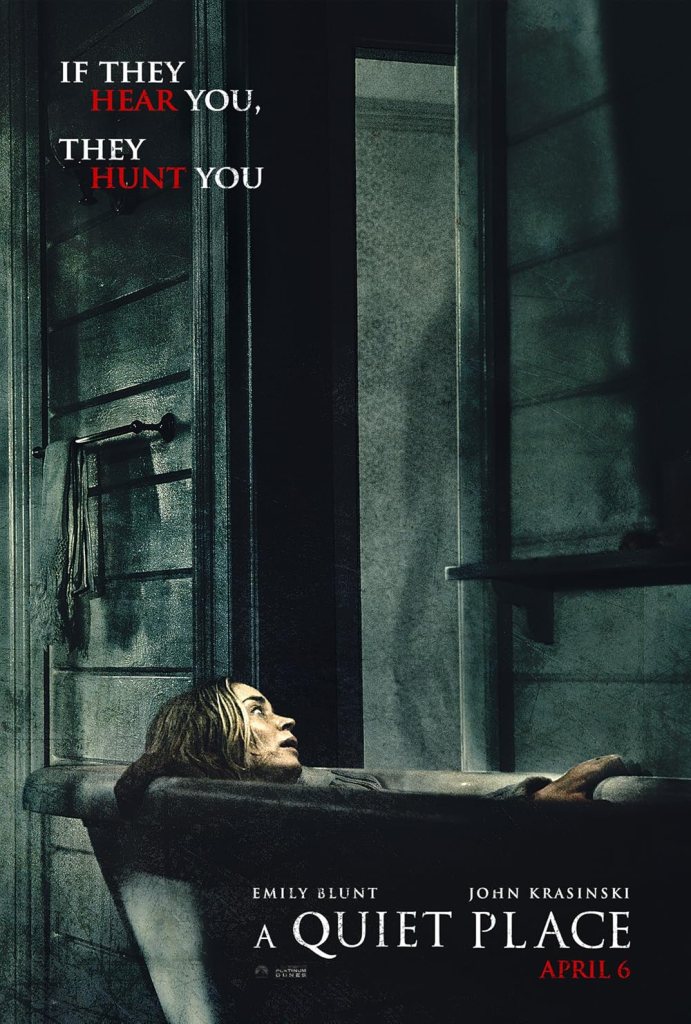
The first two installments in the Quiet Place franchise surprised audiences with its brilliant twist on the alien invasion subgenre. The films follow a family that is struggling to survive in a world populated by creatures who can’t see but have hyper-sensitive hearing, which they use to track down their prey. As expected, the movies have very little dialogue and clever sound design. They smartly use what could’ve been a gimmick to their advantage, with every scene being charged with suspense as the characters must live their lives without making any loud noises.
The films were directed by John Krasinski, whose first claim to fame was playing Jim Halpert in the comedy series The Office. He then branched out into directing, helming the comedy-dramas Brief Interviews with Hideous Men and The Hollars, making his foray into the sci-fi/horror realm of the Quiet Place films all the more surprising.
The Shining

Based on the classic Stephen King novel of the same name, The Shining follows Jack Torrance — along with his wife Wendy and young son Danny — as he serves as the caretaker of the massive Overlook Hotel during the winter. A snowstorm traps the family inside the hotel, which is having an adverse effect on Jack, interrupting his attempts to work on his novel. Danny’s psychic ability manifests itself as he begins seeing apparitions around the hotel.
The film was directed by the iconic Stanley Kubrick, a surprise move on his part, as he’d never worked in the horror genre before or after. However, that didn’t stop him from crafting one of the most tense and unsettling horror films of all time (despite what King thinks).
[RELATED – Lee Unkrich Details Stanley Kubrick’s The Shining Research, Debunks Myths]
Bone Tomahawk

Set in the Old West, 2015’s Bone Tomahawk tells the story of a sheriff who embarks on a quest with several other men from town to rescue a woman who was kidnapped by a cannibalistic tribe that lives in the desert. The sheriff and his men must brave the harsh elements and the toll they take on the group. Little do they know there’s something more inhuman than they can possibly imagine waiting for them.
S. Craig Zahler has established himself as a director of gritty crime dramas with the incredibly violent yet highly acclaimed films Brawl in Cell Block 99 and Dragged Across Concrete. However, he actually made his debut with Bone Tomahawk which, while tonally different from his later works, is every bit as brutal and unflinching.
The Bay
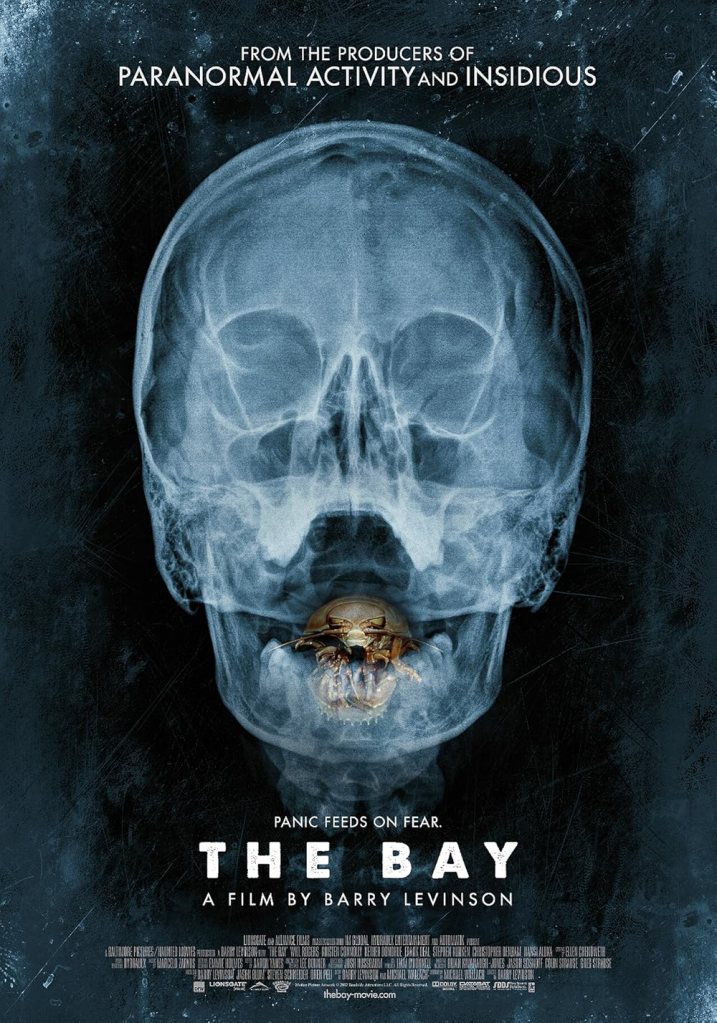
The idyllic Chesapeake Bay town of Claridge, Maryland is celebrating its annual Fourth of July festival, but things take a gruesome turn when multiple townspeople become violently ill. It’s soon discovered that the water supply has been contaminated by agricultural runoff and industrial waste, turning it into a breeding ground for parasites. The U.S. government is confiscating any news footage of the growing epidemic, but one journalist is determined to share the story with the world.
Barry Levinson is one of the most acclaimed filmmakers of all time. His impressive body of work includes such movies as The Natural, Good Morning Vietnam, Rain Man, and Wag the Dog, among others. He is a consummate master of both comedy and drama, making The Bay stand out from the rest of his filmography as his only horror movie. Despite his lack of experience in the genre, he still managed to make a surprisingly tense found-footage horror flick.
Near Dark
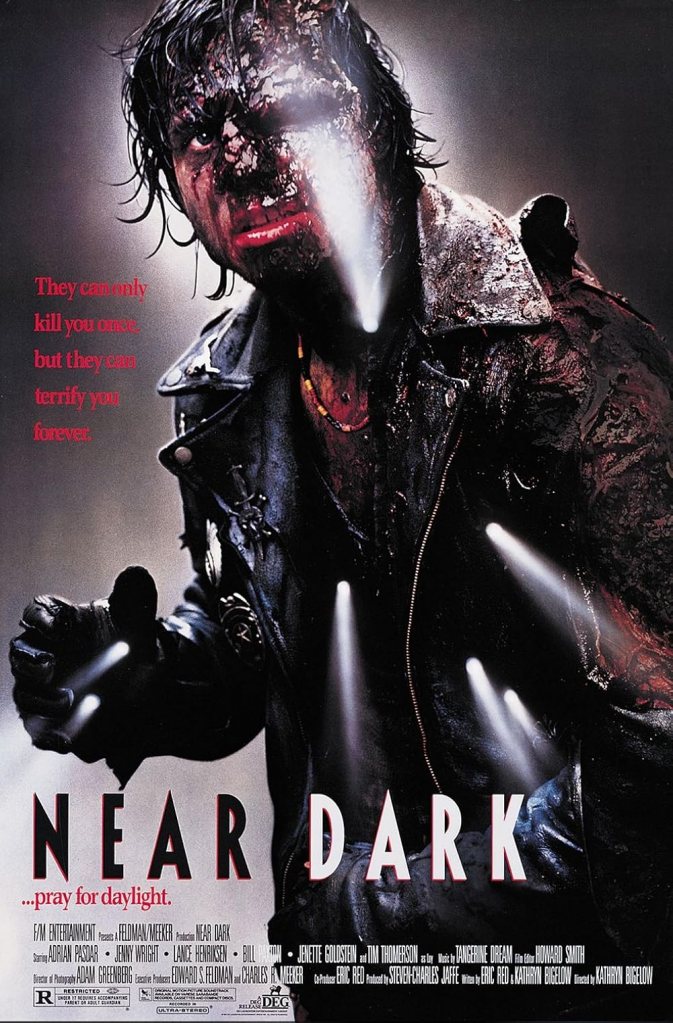
1987’s Near Dark cleverly blends horror, romance, and Western elements into a unique twist on the vampire mythos. The film tells the story of a young man named Caleb, who lives in a small rural town in the middle of nowhere and is bitten by the beautiful yet mysterious woman Mae. It turns out that she’s a vampire, so Caleb has no choice but to join Mae and her “family” of vampires who drift from town to town, raising hell and sucking blood.
Much of Kathryn Bigelow’s early career was spent directing action flicks like Blue Steel, Point Break, and Strange Days before moving on to critically acclaimed war thrillers like The Hurt Locker and Zero Dark Thirty. Near Dark may be the only horror film in her body of work, but it still showcases her distinctive style that balances personal drama with violent set pieces.




